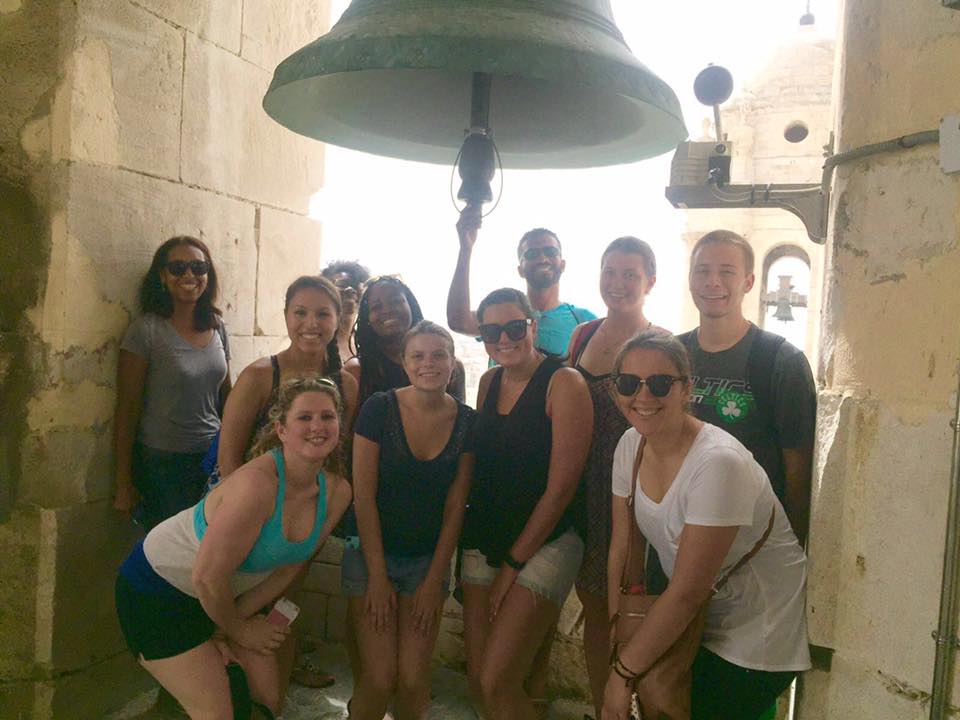Making Paella
Our group is fortunate enough to have activities outside of class that helps us learn more about the culture. This weeks activity was learning how to make paella from people who have perfected it. Paella is a traditional Spanish dish that is served in a big skillet. Paella normally consists of chicken, chorizo, vegetables, various types of seafood, and rice with saffron. I love to cook and I was very excited to learn how to make a dish that I love to eat. I originally thought we were only going to be able to watch them make the paella however, they let each of us take turns being the chef. After watching the chefs do each step, we were each given a cutting board so we could put our skills to the test.
Sangria and food culture
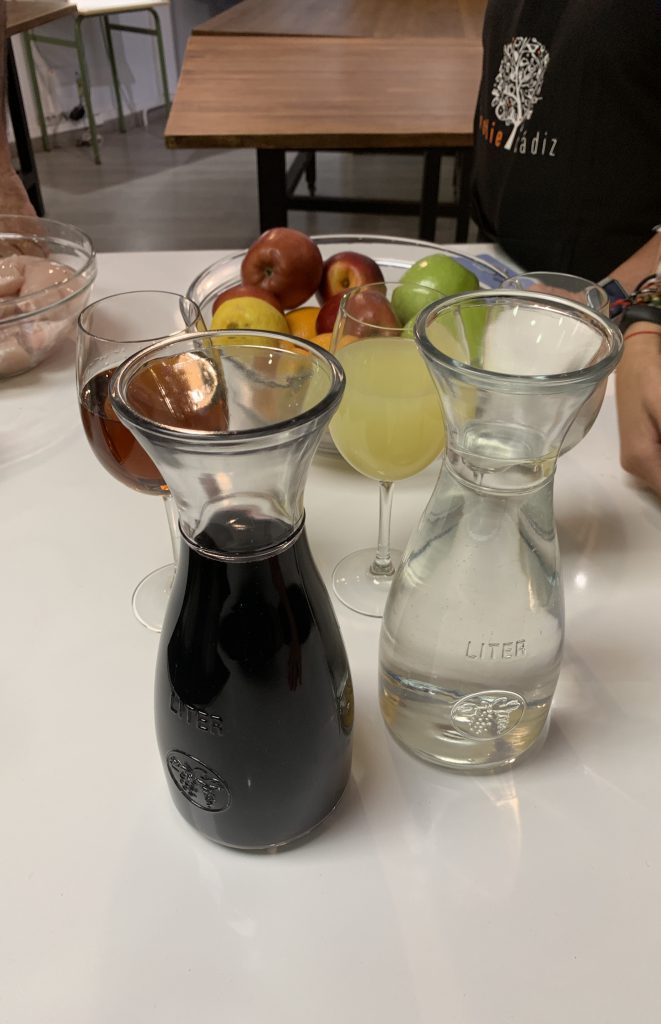
In addition to learning how to make paella, we were also taught how to make sangria. Sangria is a traditional Spanish drink that is made of red wine, rum, sprite, lemon juice, sugar and various types of chopped fruit. Typically the varieties of fruit include apples, oranges, nectarines, and lemons. The chefs were so welcoming to our group and excited to show us how to make a dish that is a staple for them. After about an hour of salvation, the paella was finally ready. This paella was worth the wait it was completely delicious. We all had so much fun cooking together. In Spain, meals are a big part of the day. Meals are a time to catch up with friends or loved ones and to spend quality time together. In Cadiz, family plays a big role in the way life is lived. Here the family is everything and it is noticeable in the culture. In the US our society moves at a very fast pace. This pace became exceedingly obvious once we arrived in Cadiz. In the US meals are often not eaten with family at a sit-down atmosphere but normally taken on the go. I have to admit I almost never take time out of my day to sit down and talk to my loved ones during meal times but this experience has made me want to put more of an effort into doing so.
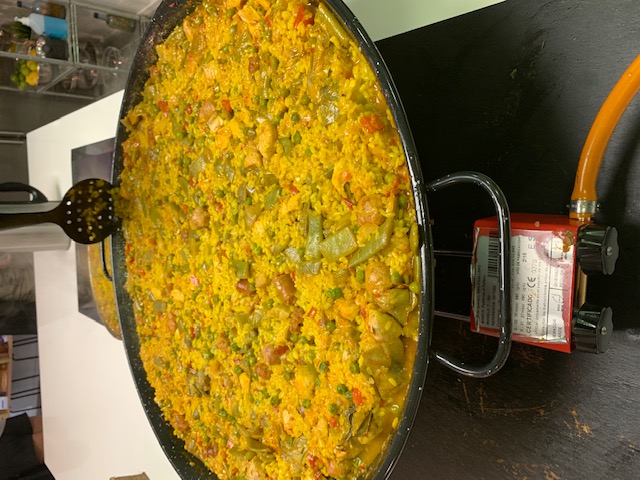
Bonding
Although the food and drinks were great the best part of the experience was getting to know each other better as a group. Today brought us closer because we were able to exchange stories of some of our favorite foods. Cooking is a great way to learn more about people and connect in a different way than we normally do. Cooking is also an easy way to connect with my host family. Sharing the kinds of food that we eat helps us both get a better understanding of the culture we come from. This trip has been such a great way to meet people that I never would have met. We are meeting people our classes from different parts of the world like China, Russia, and California. Additionally, we are also meeting people from our university that we wouldn’t have otherwise met. Cadiz is so beautiful and this experience has been so rewarding I’m so happy I decided to go on this trip. I strongly encourage everyone to study abroad!
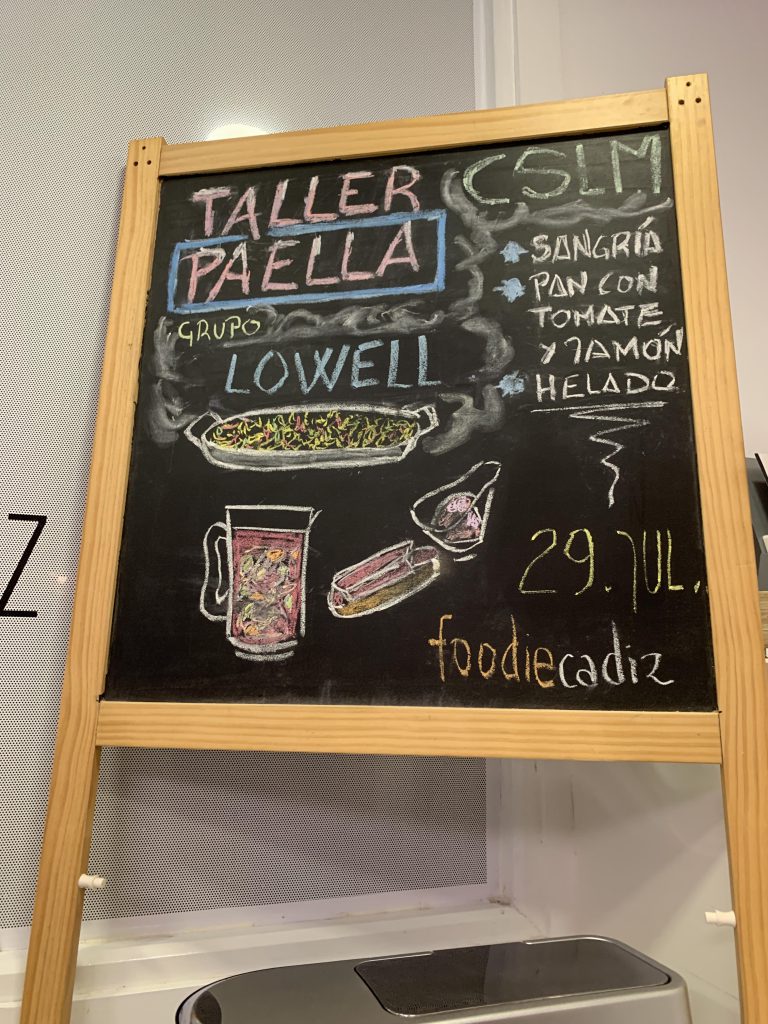
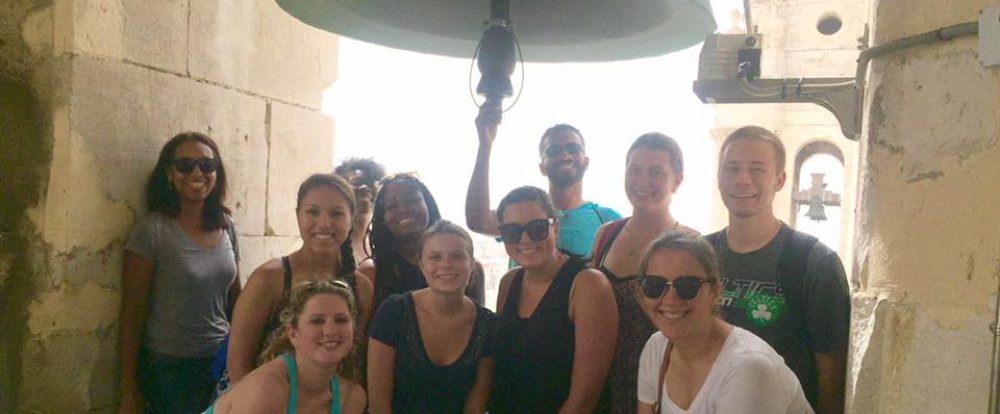
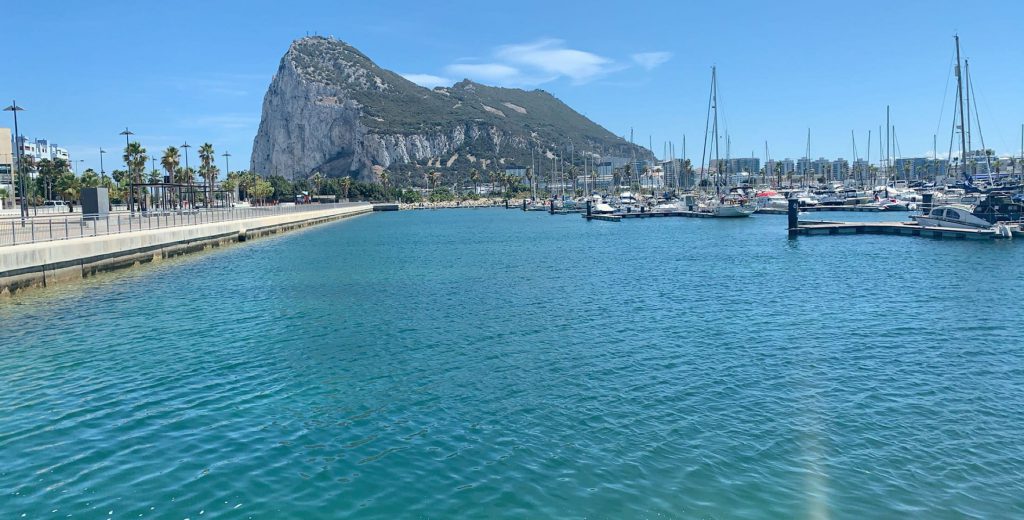
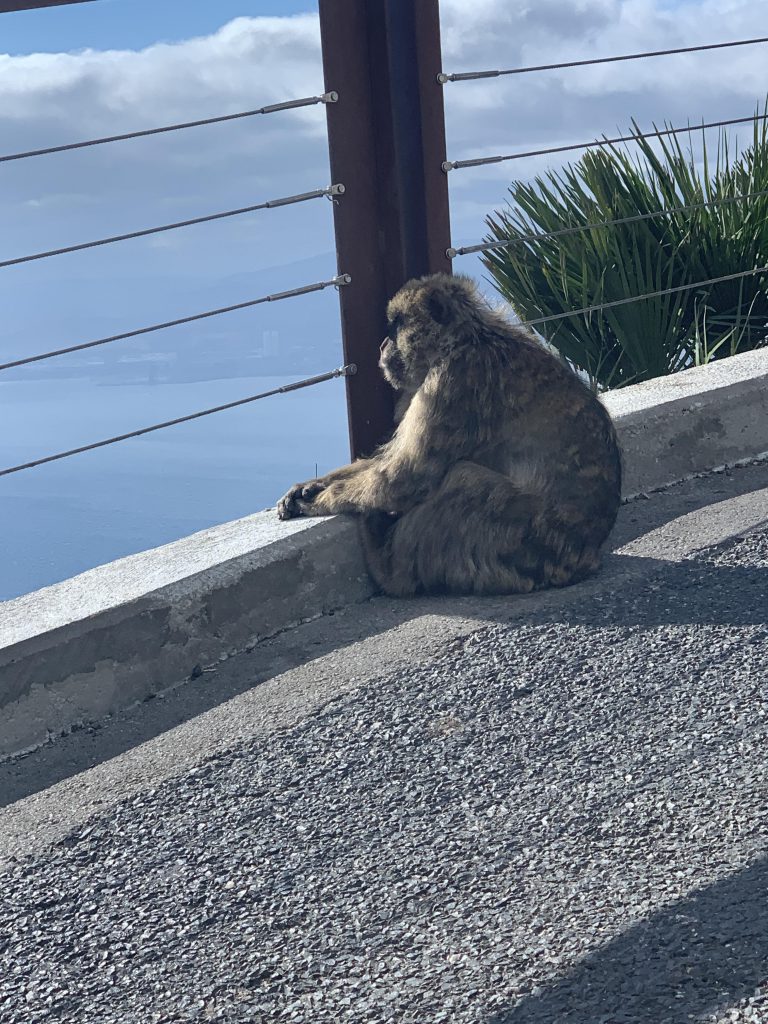
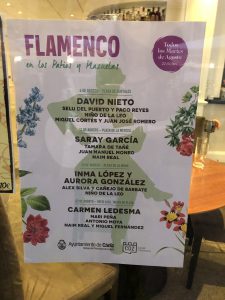
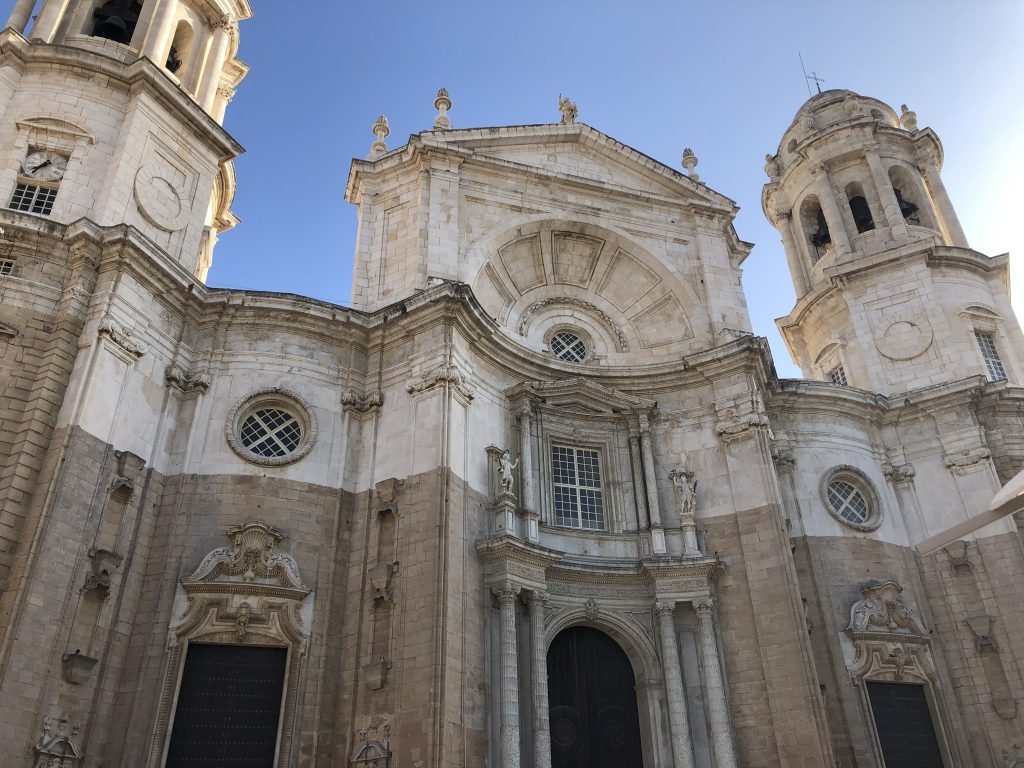
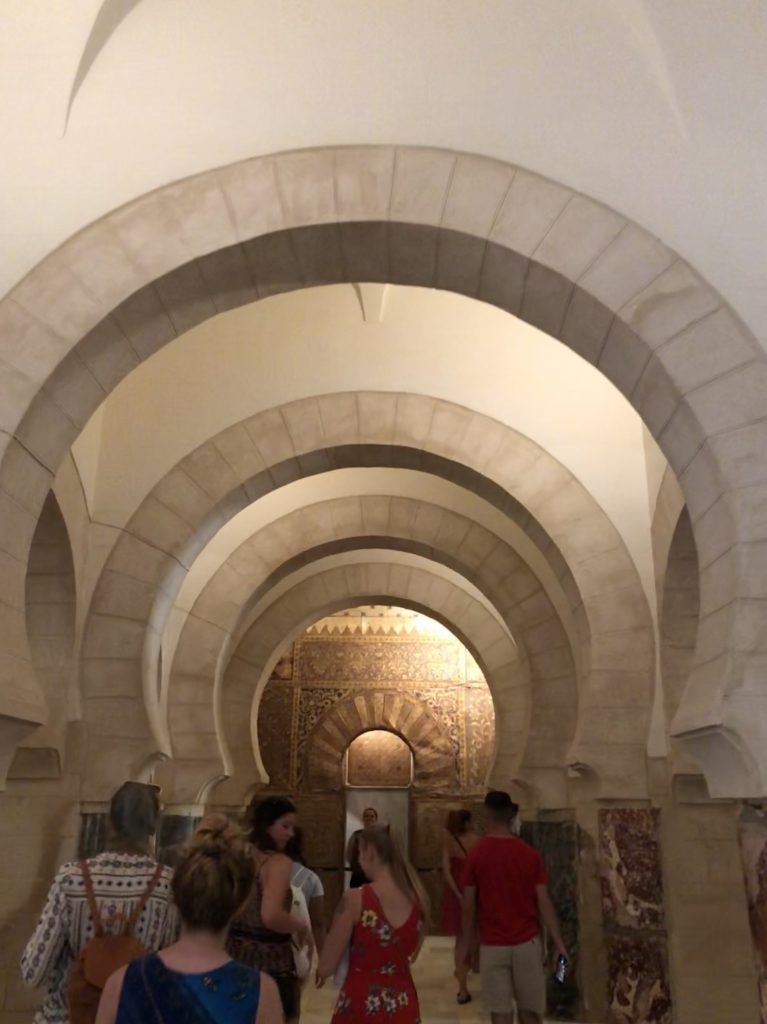
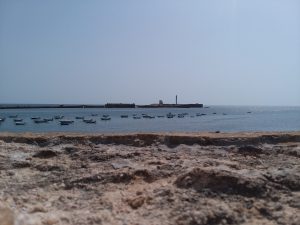 Traveling to Spain and taking the opportunity to study abroad in Cadiz has been one of the best decisions I could’ve made. The amount of practice and life experience that I have acquired while traveling in Cadiz has pushed me even further. I’m grateful because not only has my Spanish speaking and comprehension skills increased in major ways in the past week, but I have also taken advantage of my time in one of the most enchanting cities of Spain. The benefits that I’m already seeing are making me feel reassured in my decision to leave home for a month.
Traveling to Spain and taking the opportunity to study abroad in Cadiz has been one of the best decisions I could’ve made. The amount of practice and life experience that I have acquired while traveling in Cadiz has pushed me even further. I’m grateful because not only has my Spanish speaking and comprehension skills increased in major ways in the past week, but I have also taken advantage of my time in one of the most enchanting cities of Spain. The benefits that I’m already seeing are making me feel reassured in my decision to leave home for a month.
